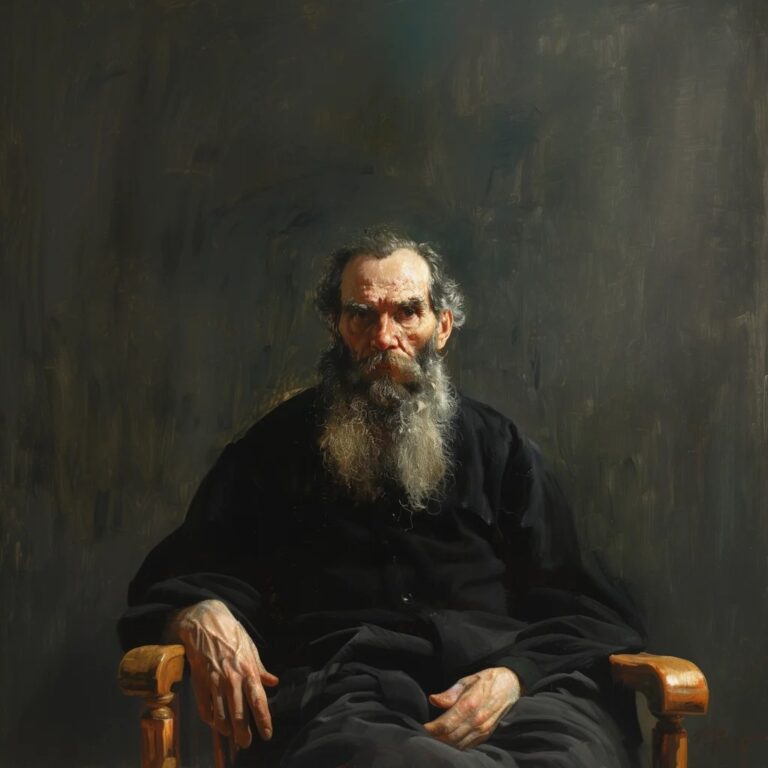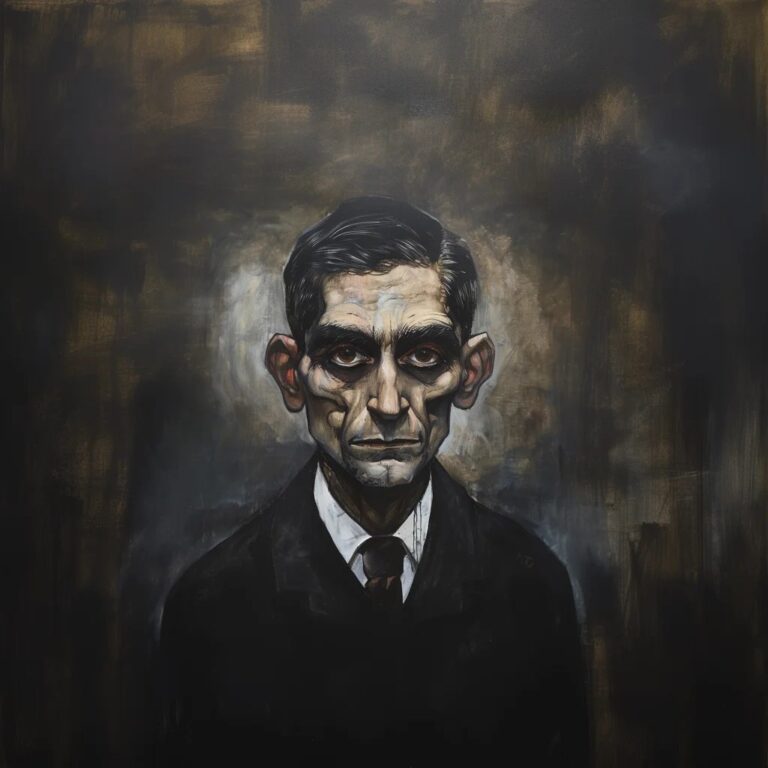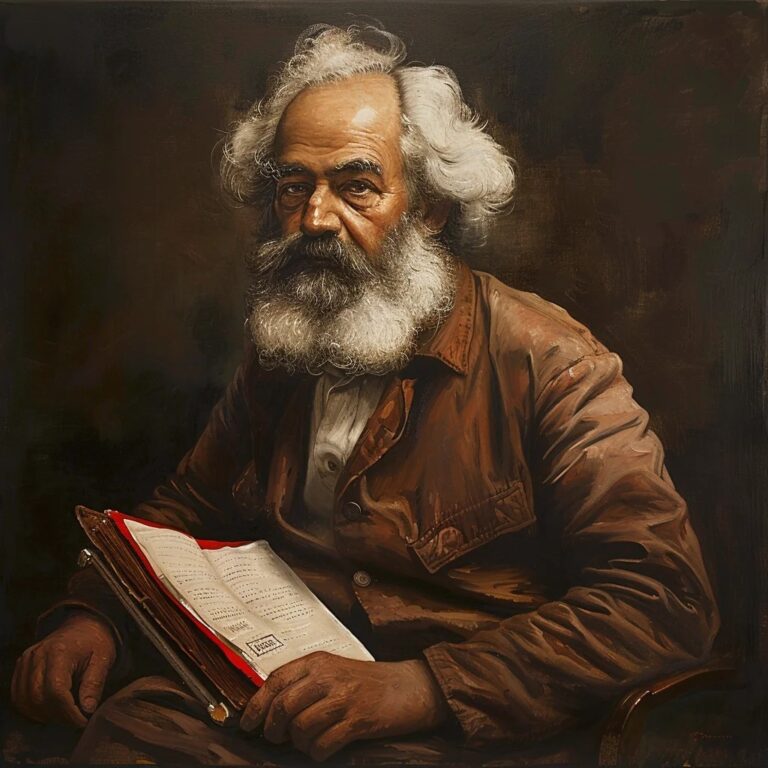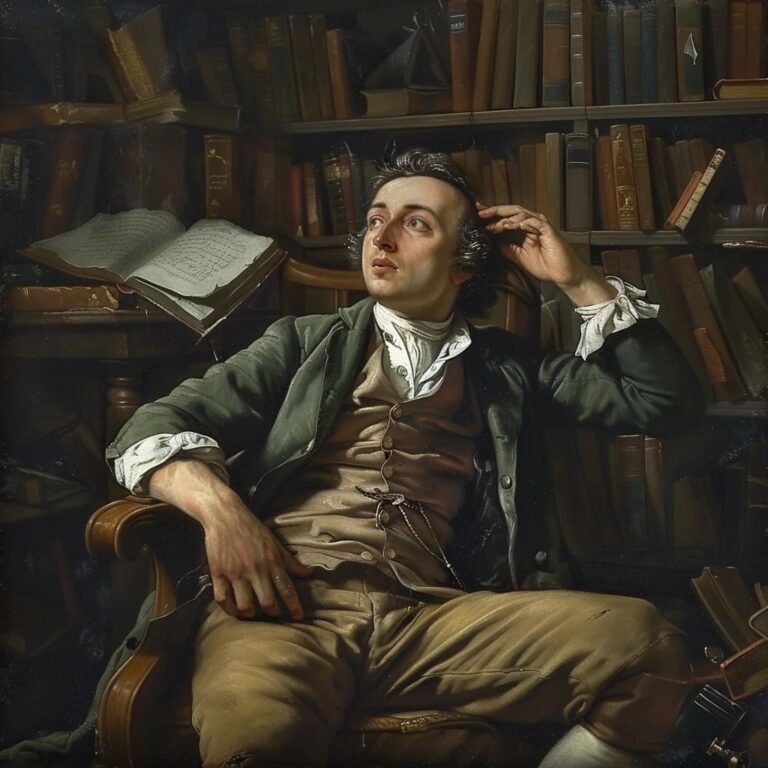Leo Tolstoy was born on September 9, 1828, at the family estate of Yasnaya Polyana, Russia.
His full name was Lev Nikolayevich Tolstoy.
Tolstoy's masterpiece 'War and Peace' was published in 1869 and is regarded as one of the greatest novels in world literature.
Leo Tolstoy wrote 'Anna Karenina,' another highly acclaimed novel, which was published in 1877.
Tolstoy's early works were heavily influenced by his experiences in the Crimean War, where he served as an artillery officer.
He married Sophia Behrs in 1862, and they had 13 children together.
Tolstoy's later years were marked by a deep spiritual crisis, leading him to adopt a form of Christian anarchism and pacifism.
Leo Tolstoy founded a school for peasant children at his estate and was deeply involved in educational reforms.
Tolstoy's philosophical writings, including 'The Kingdom of God Is Within You,' had a profound influence on figures like Mahatma Gandhi and Martin Luther King Jr.
He became a vegetarian and advocated for simple, self-sufficient living.
Tolstoy's marriage was tumultuous, and he often clashed with his wife over his ideals and lifestyle choices.
He renounced his aristocratic privileges and attempted to give away his wealth and property.
Tolstoy's works explore themes of morality, spirituality, and the search for meaning in life.
Leo Tolstoy had a deep interest in non-violence and civil disobedience, influencing social and political movements worldwide.
Leo Tolstoy passed away on November 20, 1910, at the age of 82, leaving behind a rich literary legacy that continues to inspire readers and writers around the world.



